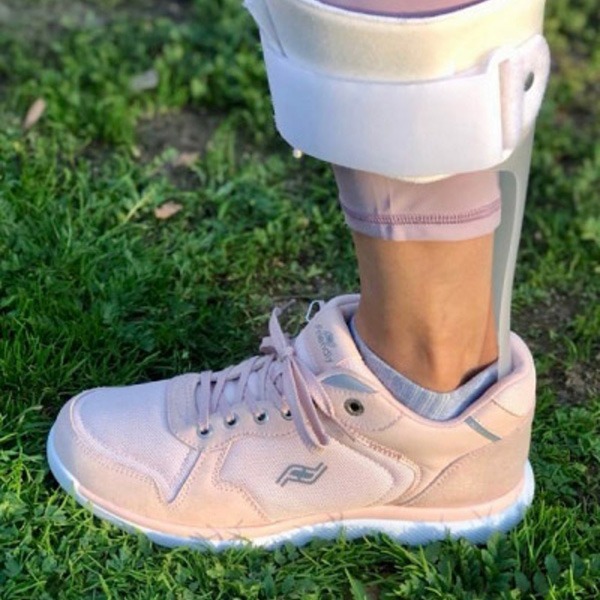Tips for Buying Shoes with AFO and SMO Braces
In order for an orthosis to do its job, it needs to have the right shoe partner. Finding the right footwear can often be a challenge so Friendly has decided to make a guide for you!
It is recommended that you bring your shoes with you to your orthotic fitting appointment (if possible). This may optimize the healthcare professional/orthotists’ ability to build a shape that accommodates your desired footwear.
If selecting the shoes after your orthosis fabrication, consider measuring and remembering the brace circumferences. If you are buying your shoes online, consider the exchange policy. The fitting can often be done within your own home. Here are Friendly’s top ideas for buying shoes with orthoses.
1) Buy one full size up, consider singles programs with different size shoes
Friendly Tip: you want room for the orthosis but not too much room as this can affect your balance. A perfect fit is subjective, your feet/body will tell you which fit is best. Singles programs are becoming more popular.
2) A rigid/firm heel collar
It is important that the back of the shoe is high enough and firm enough to secure the orthosis within the shoe. This support is essential to ankle stability. Beware low back shoes selected for ease.
3) The inner sole can be removed
Braces take up extra room within the shoe. The removable inner soles enable adjustments for space within the shoe.
4) A low heel, but NOT flat (sorry Chuck Allstars)
A completely flat shoe can negatively impact how an orthosis works. A heel with too much height can also cause problems. Consider the support on both feet.
5) Consider adjustability, the ability to pull tension on the foot
Friendly Tip: elastic laces only work if you can adjust the tension. Non adapted shoes should have a tongue that opens far enough to assist shoe entrance.
6) Consider shoe weight, think light
Tip: although orthotic shoes are great for people with orthopedic conditions, beware of their often heaviness. Light shoes will assist with the lifting of the leg during walking, this will assist with longer distances.
7) Know your return policy, especially with online shoe purchases
Shoe fitting is easy with online purchases, as long as the company gives you favorable length trial periods. When a shoe is too big or too small, companies with good exchange policies can make proper sizing easy with your feedback.
8) Know your measurements
This will make life easier for shoe buying. Consider knowing the following to be prepared for future shoe purchases: -forefoot measurements with and without the brace (around metatarsal heads) -width of the ankle at widest point with and without a brace -instep width
9) Anti-slip rubber bottom
Reduce the risks of slips and trips.
10) Consider wearer shoe difficulties
Even the greatest shoe in the world may not be great for someone who can not put them on.







